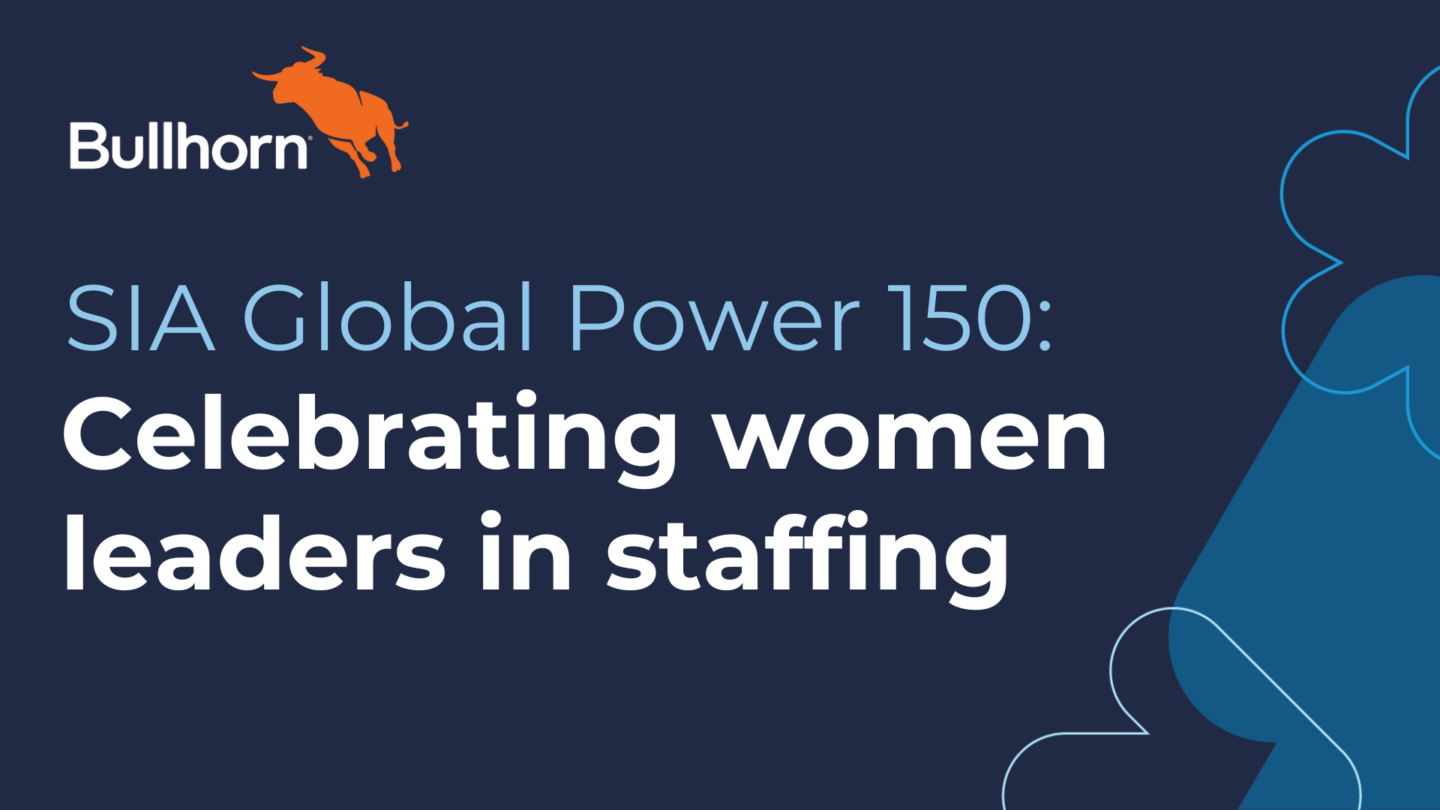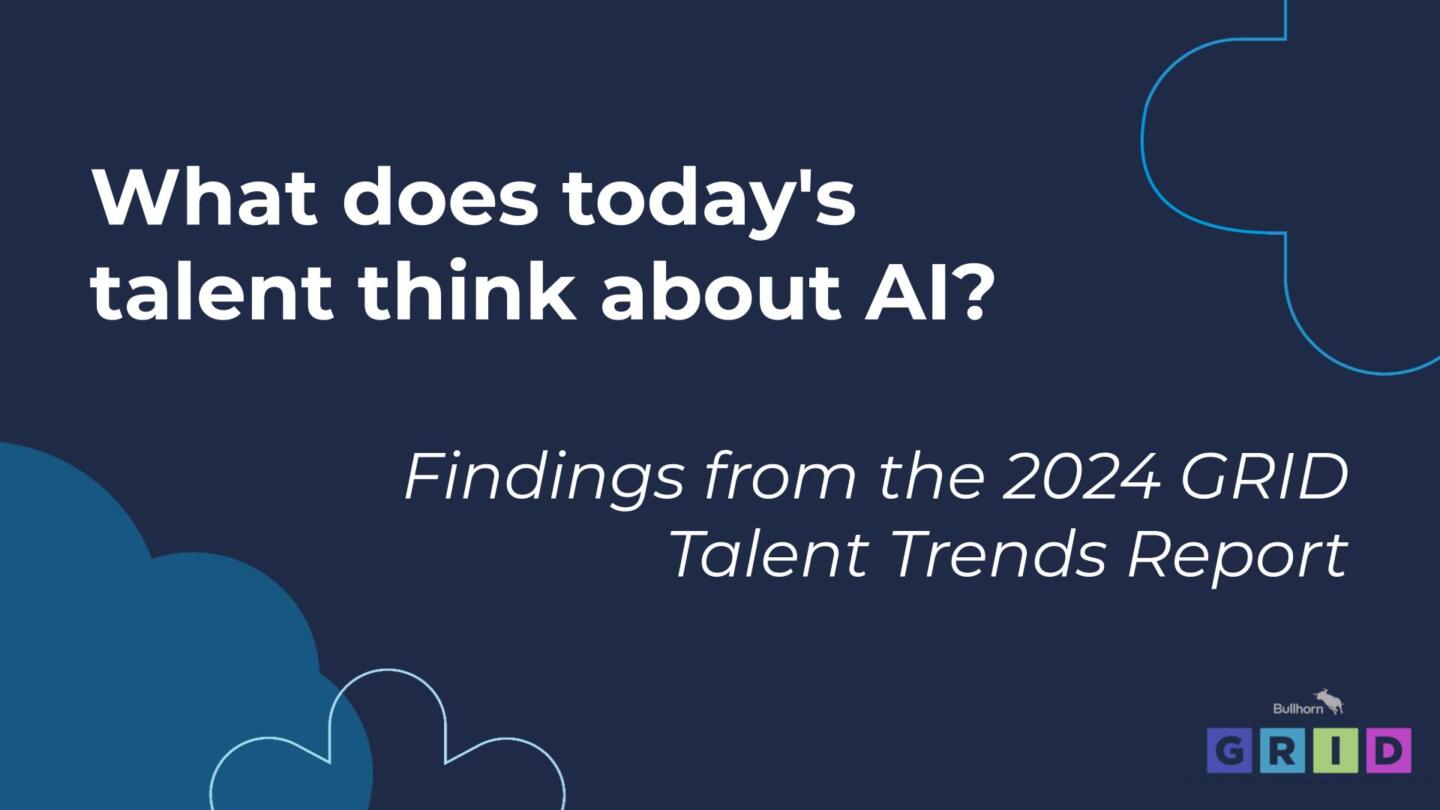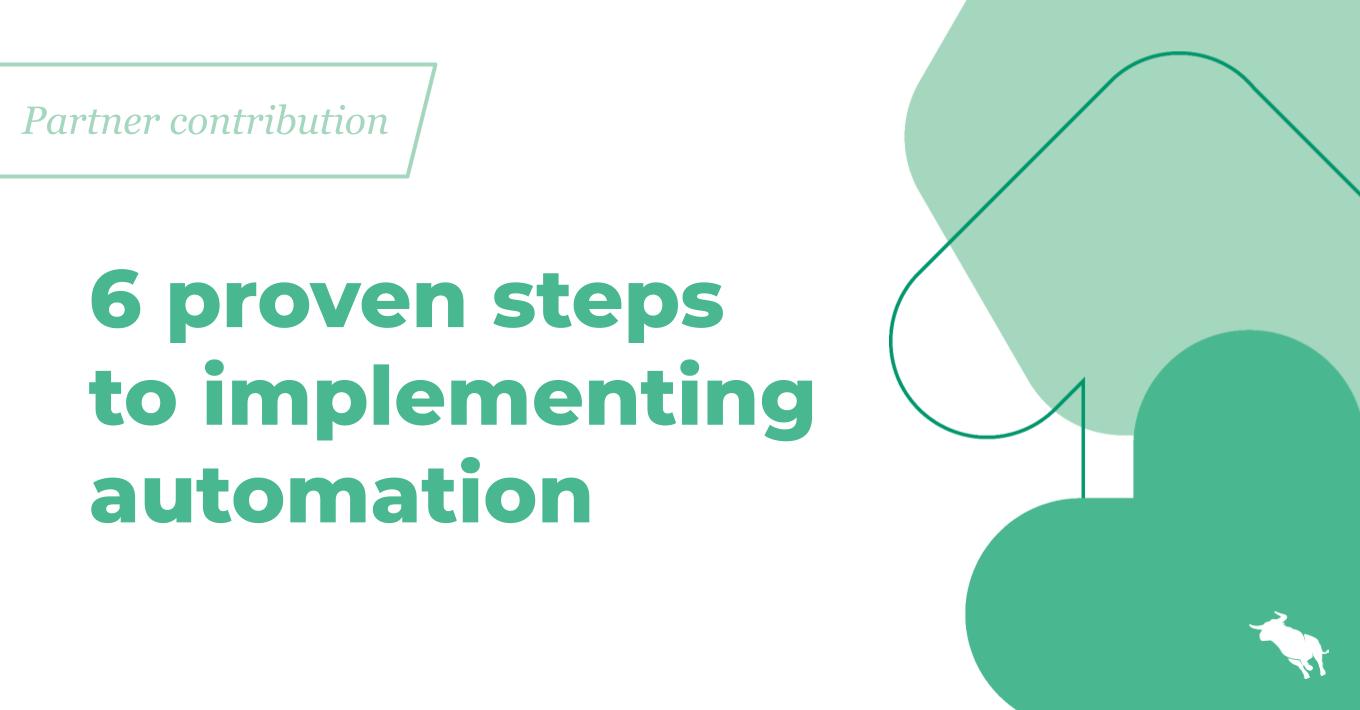The Top Recruitment Trends for 2018

What are the top trends that are shaping the recruitment industry in 2018? What do recruitment pros see as top priorities? Opportunities? Obstacles? More than 1,400 recruitment professionals worldwide, from agencies of all sizes operating in all sectors, weighed in with their thoughts on the current recruitment landscape. They shared their outlook on future performance and revenue growth, top priorities and challenges for 2018, and their outlook on the economy and technology.
Here are just a few of the many key takeaways from the 2018 Australian Recruitment Trends Report: The Industry’s Outlook for 2018. Get your copy of the full report here.
Optimism for 2018 (within reason)
Recruitment professionals are expecting big things for 2018, but they’re keeping their expectations grounded, compared to past years. Eighty-one percent of respondents expect to see their revenue increase in 2018 over the past year, slightly down from the 85 percent figure from last year.
This grounded optimism is reflected in other predictions as well. Seventy-two percent of respondents think hiring needs will increase (compared to 63 percent last year). On the plus side, expectations for increased billable hours are higher than ever (63 percent compared to a modest 49 percent from the previous year.)
What’s changed? One possible explanation is a dip in confidence about the current economy and business climate. A full 78 percent of respondents are very or somewhat concerned about the rate of economic growth and more than half of respondents are concerned about consumer spending, inflation and interest rates.
Technology Takes Precedent
Technology is moving at a blistering pace and recruitment agencies are taking notice. More than half (59 percent) of recruitment agencies anticipate an increase in tech spending in 2018, compared to forty-three percent last year.
Automation remains a hot topic for recruitment agencies. Forty-seven percent rank automation in their top three challenges while only 17 percent rank it as a top priority. Clearly, the potential for significant opportunity remains. More than a third (40 percent) of agencies don’t automate during the prospecting, client engagement, or account management stages. And more than 35 percent don’t automate candidate selection, screening, or nurturing.
Need more convincing to embrace automation? Forty-five percent of respondents say automation’s greatest value is increased efficiencies and the same amount say its biggest benefit is increased engagement.
How do recruitment agencies feel about digital recruitment platforms like Upwork, Shiftgig, Catalant, and others? The jury’s still out. Sixty-five percent of respondents said they’re unsure whether these platforms will hurt or help their business. The good news: much more respondents say they’ll help their business than those who say they’ll hurt it (28 percent to 7 percent).
Candidate experience matters (but who’s responsible?)
The candidate experience is arguably more important than ever. Why? Recruitment agencies have an unprecedented incentive to make their candidates happy. Candidate-related concerns dominate the results of the survey. Candidate acquisition is again one of the top three priorities for recruitment agencies (41 percent say it’s a top priority), and the talent shortage is once again the top challenge for recruitment professionals (71 percent). Perhaps most alarmingly, only 16 percent of respondents redeploy at least half of their candidates. In all these cases, an improved candidate experience can have a dramatic positive impact.
If you do decide to prioritise the candidate experience (and you should), who’s responsible? Respondents have mixed views. Fifty percent say individual recruiters are responsible and 43 percent say it’s a shared responsibility. We side with the 43: delivering a truly rewarding candidate experience is something the whole agency contributes to, regardless of who’s on the front lines with candidates.

Referrals Are The New King of the Hill
Another reason to focus on the candidate experience? Referrals are critical to your agency’s ability to place new candidates. Referrals from existing candidates jumps to the top of the list as the single best source of talent this year. 25 percent say referrals are the absolute best source of high-quality talent, and 62 percent place them in their top three. Delivering a great candidate experience can pay off not just for filling a position today, but also for sourcing other candidates in the future via positive referrals.
Referrals are important for growing your client base as well. If you want to bring in new business (11-25% of a typical recruitment agency’s revenue), referrals from happy clients are key. How should you best bolster your relationship with existing clients? To keep client relationships going strong, agencies cite consistent communication with hiring managers as the best strategy (90 percent), followed by quarterly business reviews (59 percent) and delivering market research and analytics (48 percent).
Don’t sleep on the value of customer satisfaction. Although it was last year’s number one metric, customer satisfaction came in behind fill rate this year on the top metrics used to measure the recruiting/recruitment delivery process, tied with hit rate on 34 percent. While production numbers are important for profitability (the top priority for recruitment agencies in 2018), you’ll be able to sustain that success only by delivering an incredible customer experience.
2018 looks to be a pivotal and profitable year for recruitment agencies poised to handle the challenges ahead. Are you ready to be proactive—about owning the candidate experience, embracing new technology, and making new ground? This year will be your chance to find out.
Want more insight on the trends, priorities, and challenges recruitment pros say they’re facing in the year ahead? Read the full report and learn more about the opportunity that lies ahead for your agency in 2018.





